
Hashtags are now an integral part of many Social Media platforms. They remain most used on Twitter and Instagram but also work across Facebook, Google+ and Pinterest. A Hashtag is a way for people to identify their posts and group them together. This means a user can click on a Hashtag and be taken to a big library of posts that also contain that Hashtag. Adding a Hashtag to your own content makes it more discoverable and allows you to connect with people who share common interests, locations or opinions.
There are multiple ways to use Hashtags for professionals and businesses. Whether it’s monitoring conversations of your target demographic or starting a a strong brand hashtag to increase customer engagement, there are certain things you need to know before you start.
Brand Hashtag
A Brand Hashtag shouldn’t have your business name in but should relate to or represent your brand in some way. The key use of this hashtag is to get people engaged with it, so simply adding your company name as a Hashtag isn’t going to work. Notable examples are
- KitKat – #HaveABreak
- Nike – #JustDoIt
- Charmin – #TweetFromTheSeat
These kind of Hashtags often overlap with people not directly tweeting about the brand meaning you gain some extra Brand Exposure and Brand Awareness. If you manage to create a Hashtag your customers get on board with and use then you’ll have customers doubling up as part of your marketing department every time they Tweet or Instagram using your Hashtag.

Campaign Hashtag
These are similar to Brand Hashtags, but where a Brand Hashtag should be long term and aim for recognition a Campaign Hashtag is associated with just a single campaign. There aren’t hard and fast rules for these, you can have one that aims for direct engagement by using actionable language like the Brand Hashtag. You can also use a hashtag that relates explicitly to the campaign, it’s ok for these to be more promotional than the Brand Hashtag. Here you want people to talk about the campaign and get customers excited about it rather than just going for Brand Awareness.
A frequently used version of the Campaign Hashtag is a promotional hashtag. These are limited only by your imagination and can be a great way to extend your reach on Social Media whilst also being highly trackable. Offer a discount code or freebie when someone shares your post and tags it with the Campaign Hashtag.
Event Hashtag
Event Hashtags can be used to great effect for a variety of reasons. Firstly it obviously multiplies the Social Media presence of your event by consolidating all the posts associated with it into one location. This way you’re far more likely to get cross pollination between guests and attendees that don’t know each other, extending the reach of all of those posts. Many events now have associated Twitter streams running on screens in their seminar rooms or conference centres which can be a good way to encourage audience participation. Having easily found content encourages Retweets and Shares and we’ve used this to particular effect during a conference we held in mid 2015. By having Tweets ready that summarised speakers’ key points or conversation starting opinions ready to be tweeted at the right time with the hashtag attached we saw a big increase in our average number of retweets and shares.
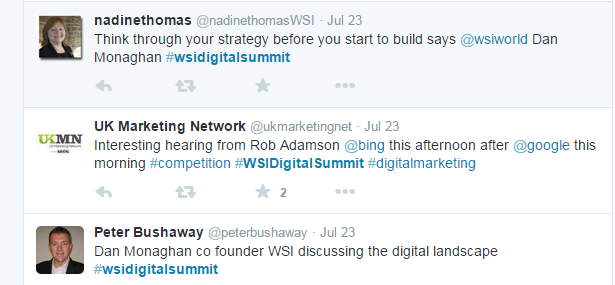
Big brands such as Oreo often use event specific Hashtags to capitalise on events in the public eye, such as their famous tweet during the 2013 Superbowl.
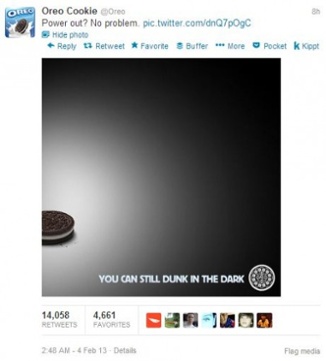
Content Related Hashtags
These are the Hashtags that are the most obvious, simply they are to do with the content of the post. If you’re talking about what you had for breakfast, then you might use #Breakfast or #Toast. For businesses these are still useful albeit somewhat less measurable than unique Hashtags. However they can help to ensure your content is seen by people wanting to see content on that subject. These Hashtags become very useful for businesses when it comes to market research, customer insight and industry monitoring.
Trending Hashtags
A Hashtag that is ‘trending’ means that it is being used a lot and thus a lot of people are seeing posts using that tag. As a business you have to be careful when using Trending Hashtags. If you use ones that aren’t relevant in a bid to get extra traffic then you’ll come across as spammy and damage the reputation of your business. Around big events such as the World Cup, Olympics or Superbowl it is relatively easy to find some content relevant to these Hashtags. It is best to avoid Hashtags with any potential for controversy unless you’re ready for potential negative outcomes.
Trends tend to be reasonably similar across Instagram, Twitter and Facebook. Jumping on a trending Hashtag quickly can be great if it’s relevant to you. It’s an avenue to be seen by a huge audience outside of your normal following. However you should never post to Social Media without thinking. If you;re a small business you have to consider your stance on things more carefully than a huge business. Ensure you have a Social Media Policy if you’ll be allowing multiple people to post from company Social Media accounts.
Hashtag Best Practice
The ‘proper’ way to use hashtags varies across the different Social Networks. On Twitter you should try to use only a single hashtag per Tweet. Studies have shown that this has the maximum boost on engagement, more hashtags and your Tweets can appear spammy or attention seeking.
For Instagram 2-5 Hashtags are generally accepted as the norm. However some of the most viewed and shared posts of 2014 had only 1 or 2 Hashtags. Personal accounts often have upwards of 10 hashtags and this can be tempting. However as a business you should be seeking to get qualified, interested people seeing your relevant content rather than just hunting for likes as a private user might.
On Facebook it seems that Hashtags may actually harm sharing, however this study was done only with Hashtag/No-Hashtag catagorisation. The takeaway from this and our own research is that you should follow a similar rule of thumb as you do on Twitter and use hashtags sparingly.
Never hashtag the same word twice, once is enough for your entire post to be found based on that hashtag. Capital letters do not factor into a hashtag search either, so it’s personal preference whether to add them or not. If you’re using a content based hashtag then you should try to keep it specific. If you use a really broad hashtag like #Marketing then your post is likely to become lost within seconds. You might think it’s better to use a hashtag more people use and see, but the reality is that these hashtags are saturated.
What Makes A Good Hashtag?
A hashtag should be short, relevant and memorable. This is especially true on Twitter where the 140 character limit forces you to be creative. A hashtag factors into that character limit on Twitter. Research showing that the optimum length of a Tweet is around 100 characters means that to fit a message and a hashtag in you’ve got to think hard about how you word Tweets.
Whichever platform you’re posting on the hashtag needs to be memorable. In an ideal world you’ll have your customers and fans using these hashtags when they come across something relevant in their every day lives.
Using Hastagged Content
So far we’ve only focused on how you can post or create a hashtag. This is only one half of what hashtags are useful for. Social Monitoring is a technique whereby you monitor certain keywords and hashtags across Social Media to see what people are saying. This has multiple applications
- Customer Service
- Market Research
- Industry News
- Competitor Monitoring
By using a piece of social monitoring software you can create custom streams of content that will only show posts containing your desired hashtags. Perhaps you want to make sure you’re aware of everyone that tweets about a certain product or service? You can monitor Social Media posts coming from a certain area complaining that they are hot or thirsty and offer them an ice cold beverage at a discounted price.
Or simple monitor industry related hashtags to keep up to date with all of the latest news and developments in your area of business. Learn which hashtags the thought leaders in your industry use and monitor them, when appropriate use them to tag your own content.
If you’d like to know more about Social Monitoring using Twitter there is a section devoted to this in our Twitter for Business Guide, a free eBook.
Related Post
What’s the single...
Adam Vincenzini from Comms Corner recently posted a very good article which I think goes...
- January 25, 2011
- By Rob Thomas
- Blogging
Effective Facebook Marketing...
With over 600 million users, Facebook represents the single most connected platform on...
- March 1, 2011
- By Nadine Thomas
- Latest Online Trends
How To Drive Sales With...
Landing pages have long been the primary tool of the web-savvy marketer. Whether the...
- June 12, 2011
- By Nadine Thomas
- e-Commerce
Content Sharing Via Social...
Target marketing to meet your business goals Is your business using social media channels...
- June 15, 2011
- By Nadine Thomas
- Digital Marketing
Brilliant Business Blogging
Blogging has long evolved from just being an ideal platform for enthusiasts and budding...
- August 9, 2011
- By Rob Thomas
- Blogging
Social Media Spotlight:...
Until Facebook came along, Google was the undisputed online leader. However, this started...
- August 23, 2011
- By Nadine Thomas
- Social Media



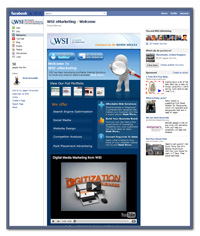
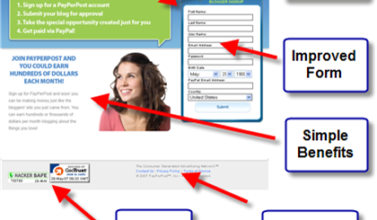
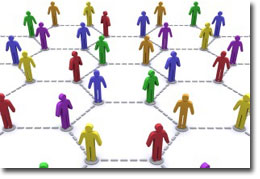
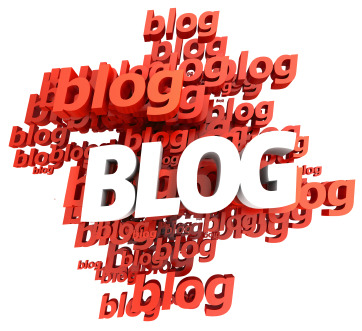





Leave a Comments